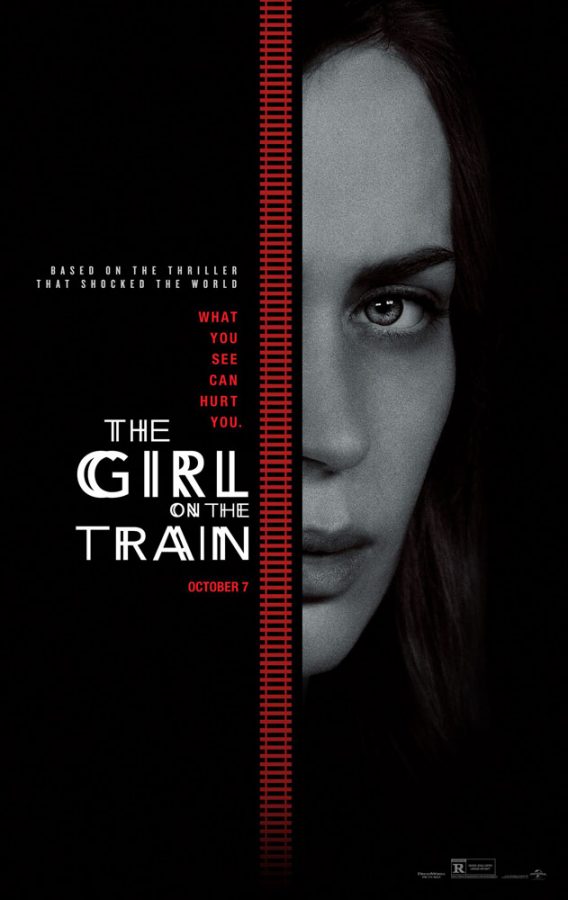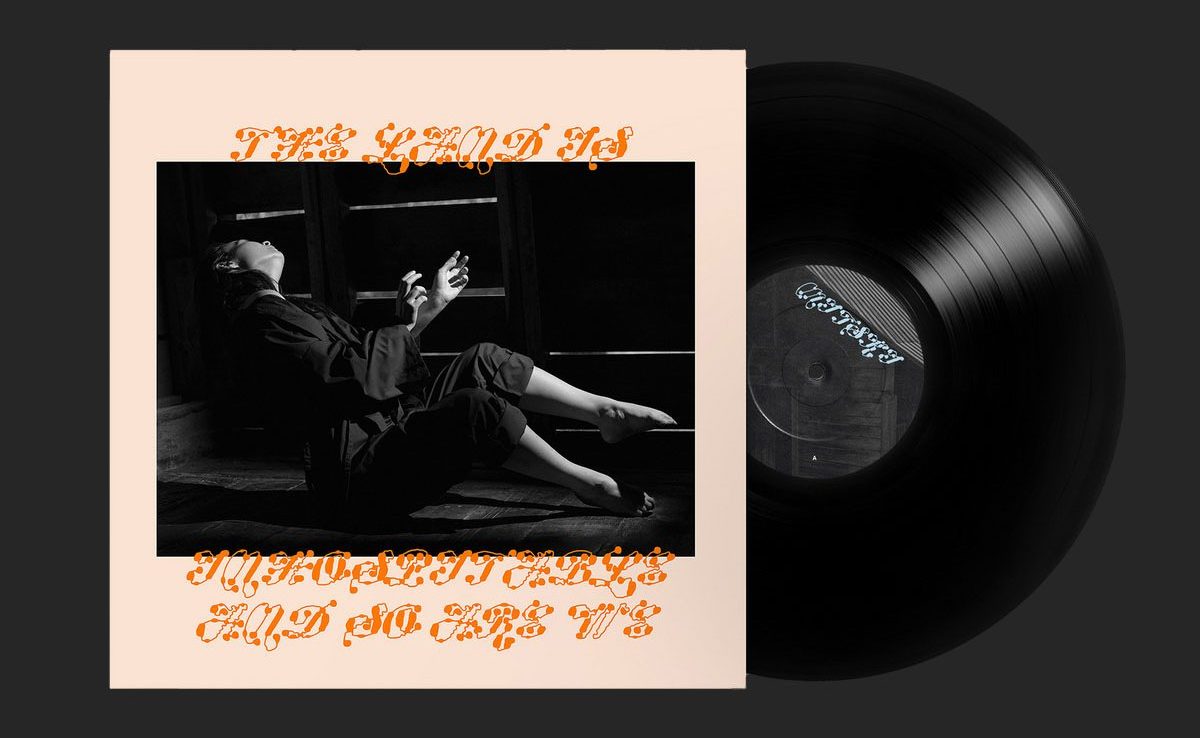Viewers will certainly not be on the edges of their seats for the duration of the unsatisfying thriller, The Girl on the Train. Directed by Tate Taylor, the film struggles and fails to translate Paula Hawkins’s chart-topping novel into an equally gripping motion picture.
Arguably the film’s most alluring aspect, besides Emily Blunt’s captivating performance, is its many similarities to David Fincher’s 2014 adaptation of Gone Girl, which received predominantly positive reviews from critics. Gloomy cinematography, constant flashbacks, voiceovers, seemingly well-off suburban couples bored with their lives; there are almost too many comparisons to count. Yet The Girl on the Train‘s buildup to its not-so-mind-blowing ending is what separates it from Gone Girl‘s dramatic plot twist.
The story line follows alcoholic Rachel Watson (Emily Blunt) on her daily train ride to New York City. During her commute, she passes the neighborhood she used to live in with her now ex-husband, Tom, who cheated on her and married his mistress. Tom and his wife, Anna, currently live in Rachel and Tom’s old house. Rachel has a history of going to their house while drunk and harassing them, which causes Anna to feel threatened by her.
Rachel is particularly fascinated with Tom and Anna’s neighbors, who live a few doors down. She fantasizes about the couple, who, in her eyes, has the perfect life. Little does she know that Scott and Megan Hipwell’s relationship is the opposite of what it seems. One day on the train, Rachel glimpses Megan kissing a strange man on her balcony. Shortly afterwards, Megan goes missing, leading Rachel to take the situation into her own hands and try to investigate despite being the police’s main suspect.
The film’s point of view switches between the perspectives of Rachel, Anna and Megan, providing the audience with flashbacks of the last six months of their lives, which all eventually join together to uncover what happened to Megan. Unfortunately, those memories reveal too much of the plot early on to result in a captivating ending. It’s almost as if the director doubted viewers would be able to figure out the sequence of events on their own, so he decided to spoon-feed the audience crucial tidbits of information, which created an overly drawn-out development and an underwhelming conclusion.
The fact that most of the characters are not likable also adds to the disappointing ending because it leaves the audience with no one to root for. Tom the cheater, Anna the homewrecker, Scott the controlling husband and Megan the distant recluse prove too hard to sympathize with. Even Emily Blunt’s convincing depiction of a hopeless and hurting divorcee could not keep the film from being a letdown. Despite having a compelling basis for a plot in the form of a best-selling novel, The Girl on the Train fails to utilize that and simply does not live up to expectations, even for viewers who have not read the book.
Categories:
‘The Girl on the Train’ bears striking resemblance to ‘Gone Girl’ without exciting climax
October 10, 2016
0
More to Discover

















































































